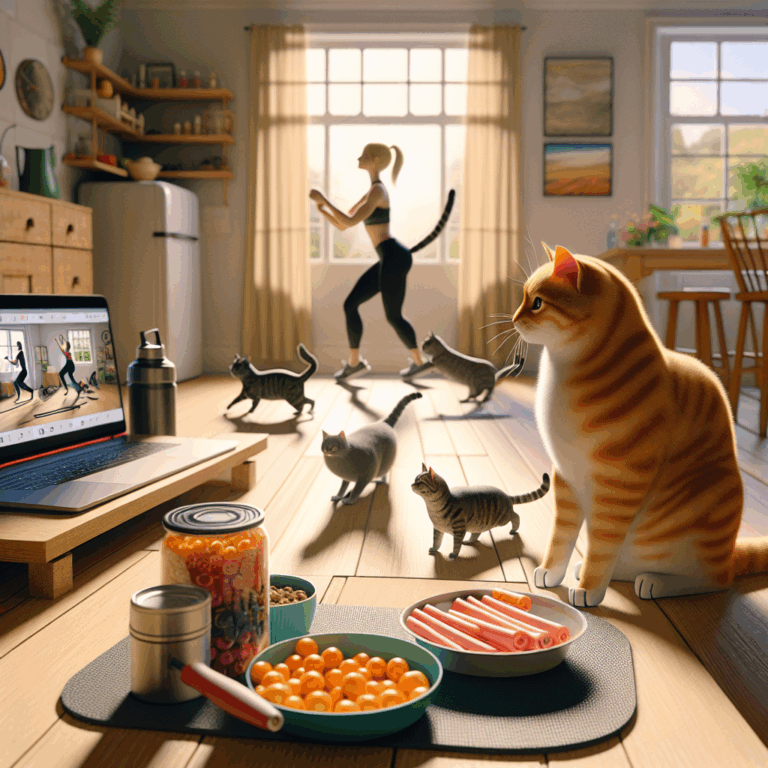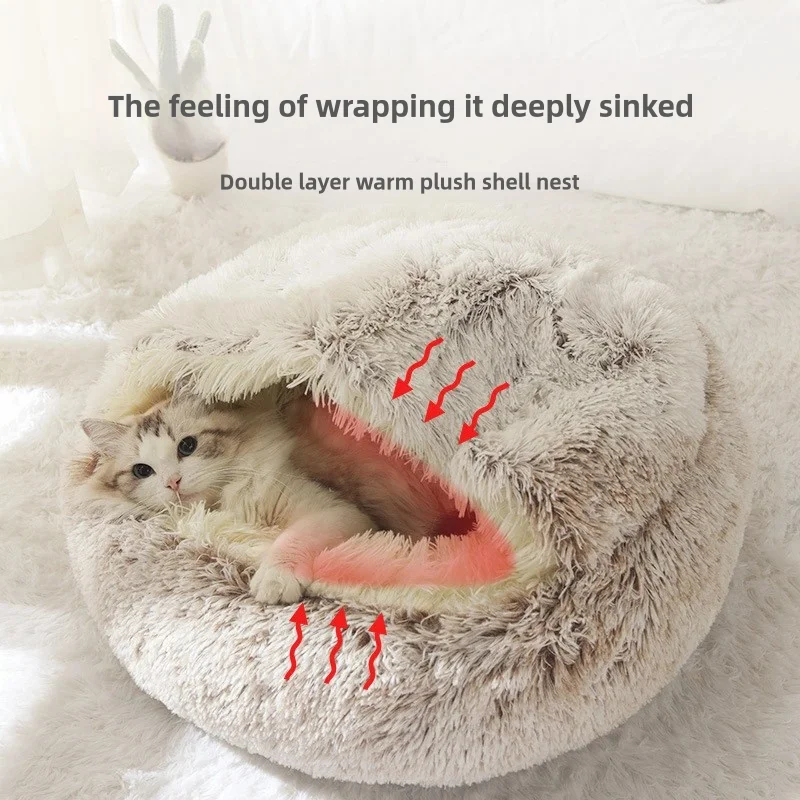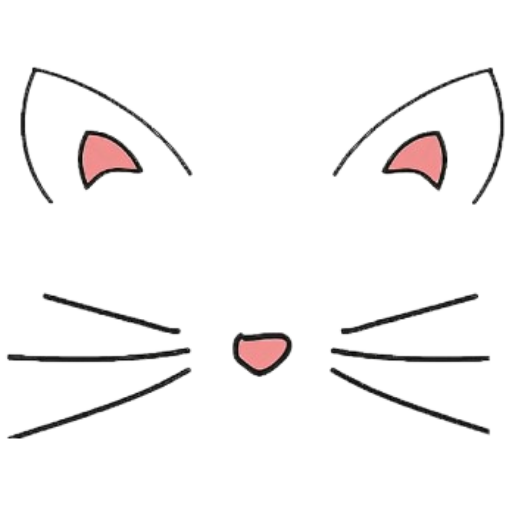The Feline Fitness Revolution: How Cats are Leading the Way in Pet Health and Wellbeing
- No Comments
In recent years, the health and fitness industry has witnessed a burgeoning interest in the well-being of our furry companions, and at the forefront of this movement is the domestic cat. As more pet owners recognize the importance of maintaining a healthy lifestyle for their feline friends, a revolution is quietly taking shape, emphasizing the role of physical activity and mental stimulation in cats’ overall health.
The modern domestic cat, while often perceived as aloof and independent, requires regular exercise to prevent obesity and related health issues. According to a recent study published by the American Veterinary Medical Association, approximately 60% of cats in the United States are classified as overweight or obese, a condition that can lead to diabetes, arthritis, and heart disease. This alarming statistic has prompted veterinarians and pet experts to advocate for increased awareness and active engagement in feline fitness.
One of the most effective ways to encourage exercise is through interactive play. Feather wands, laser pointers, and automated toys are just a few of the tools that cat owners are using to engage their pets in regular physical activity. These playful interactions not only help cats to burn calories but also stimulate their natural hunting instincts, providing mental enrichment and reducing stress-related behaviors.
In addition to play, the concept of “cat gyms” has also gained popularity. These innovative spaces, designed to mimic the natural environment of cats, include climbing structures, scratching posts, and obstacle courses that encourage exploration and exercise. Pet owners who have incorporated such environments into their homes report noticeable improvements in their cats’ physical and mental health, as well as a reduction in destructive behaviors often associated with boredom.
Diet plays an equally crucial role in the feline fitness equation. As awareness about pet nutrition grows, more cat owners are opting for high-quality, species-appropriate diets that prioritize protein and minimize carbohydrates. This nutritional shift is pivotal in managing weight and supporting an active lifestyle. Many pet food brands have responded by offering grain-free and raw food options that align with the dietary needs of obligate carnivores like cats.
Furthermore, the digital age has not left cats behind. Fitness trackers designed specifically for pets are now available, allowing owners to monitor their cat’s activity levels. These devices often come with apps that provide insights into daily movement, rest periods, and caloric expenditure, offering a comprehensive overview of a cat’s health metrics. By utilizing technology, owners can tailor exercise routines to meet the specific needs of their feline companions.
The feline fitness revolution is not only transforming individual households but is also influencing the broader pet care industry. Veterinarians are increasingly incorporating fitness assessments into routine check-ups, while animal shelters and rescue organizations are adopting exercise programs to improve the health and adoptability of their cats. This holistic approach ensures that cats receive the care and attention they need to lead long, healthy, and fulfilling lives.
As this movement continues to gain momentum, it is essential for cat owners to remain informed and proactive. Creating a balanced lifestyle that incorporates physical activity, mental stimulation, and proper nutrition is vital for the well-being of our feline friends. By embracing the principles of the feline fitness revolution, we can ensure that our cats not only survive but thrive in their domestic environments.

In recent years, the health and fitness industry has witnessed a burgeoning interest in the well-being of our furry companions, and at the forefront of this movement is the domestic cat. As more pet owners recognize the importance of maintaining a healthy lifestyle for their feline friends, a revolution is quietly taking shape, emphasizing the role of physical activity and mental stimulation in cats’ overall health.
The modern domestic cat, while often perceived as aloof and independent, requires regular exercise to prevent obesity and related health issues. According to a recent study published by the American Veterinary Medical Association, approximately 60% of cats in the United States are classified as overweight or obese, a condition that can lead to diabetes, arthritis, and heart disease. This alarming statistic has prompted veterinarians and pet experts to advocate for increased awareness and active engagement in feline fitness.
One of the most effective ways to encourage exercise is through interactive play. Feather wands, laser pointers, and automated toys are just a few of the tools that cat owners are using to engage their pets in regular physical activity. These playful interactions not only help cats to burn calories but also stimulate their natural hunting instincts, providing mental enrichment and reducing stress-related behaviors.
In addition to play, the concept of “cat gyms” has also gained popularity. These innovative spaces, designed to mimic the natural environment of cats, include climbing structures, scratching posts, and obstacle courses that encourage exploration and exercise. Pet owners who have incorporated such environments into their homes report noticeable improvements in their cats’ physical and mental health, as well as a reduction in destructive behaviors often associated with boredom.
Diet plays an equally crucial role in the feline fitness equation. As awareness about pet nutrition grows, more cat owners are opting for high-quality, species-appropriate diets that prioritize protein and minimize carbohydrates. This nutritional shift is pivotal in managing weight and supporting an active lifestyle. Many pet food brands have responded by offering grain-free and raw food options that align with the dietary needs of obligate carnivores like cats.
Furthermore, the digital age has not left cats behind. Fitness trackers designed specifically for pets are now available, allowing owners to monitor their cat’s activity levels. These devices often come with apps that provide insights into daily movement, rest periods, and caloric expenditure, offering a comprehensive overview of a cat’s health metrics. By utilizing technology, owners can tailor exercise routines to meet the specific needs of their feline companions.
The feline fitness revolution is not only transforming individual households but is also influencing the broader pet care industry. Veterinarians are increasingly incorporating fitness assessments into routine check-ups, while animal shelters and rescue organizations are adopting exercise programs to improve the health and adoptability of their cats. This holistic approach ensures that cats receive the care and attention they need to lead long, healthy, and fulfilling lives.
As this movement continues to gain momentum, it is essential for cat owners to remain informed and proactive. Creating a balanced lifestyle that incorporates physical activity, mental stimulation, and proper nutrition is vital for the well-being of our feline friends. By embracing the principles of the feline fitness revolution, we can ensure that our cats not only survive but thrive in their domestic environments.


